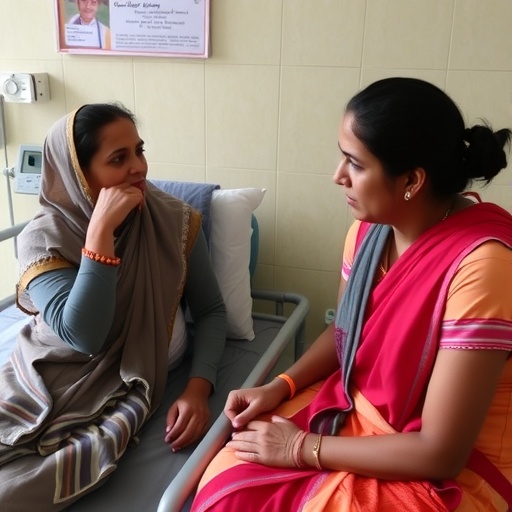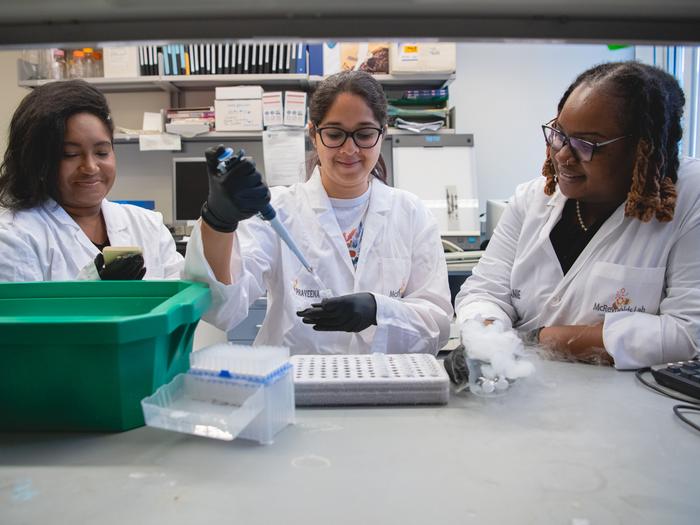
Credit: Marloes Verweij, Laloes Fotografie
The European Research Council (ERC) has awarded a Consolidator grant to Ruben van Boxtel, PhD. He receives this prestigious grant to study late effects – in particular the development of second cancers – in children who were treated with chemotherapy. In the Princess Máxima Center for pediatric oncology in Utrecht, Van Boxtel has the opportunity to use unique patient material for his studies and longitudinally follow the children who are cured from cancer.
Chemo- and radiotherapy are the most important components of cancer treatment. These therapies are very effective in eliminating tumor cells; however, they also damage other noncancerous cells in the body. Although this is true for both adults and children treated for cancer, the unwanted damaging side effects can be greater in a body that is still in development. Children also have a longer life ahead of them after their treatment, which increases the chance of developing late effects. ‘In the Princess Máxima Center we have the mission to cure every child with cancer,’ says Van Boxtel, ‘with an optimal quality of life.’
Second cancers
Van Boxtel leads a research group in the Máxima since 2017 and tries to answer the question why children get cancer. Part of this question focuses on the development of second cancers, which arise as a consequence of chemo- and/or radiotherapy and are often difficult to treat. ‘In the Máxima, we can collect patient material, which is essential for our research and we follow childhood cancer survivors as long as possible’, says Van Boxtel. This provides Van Boxtel with the opportunity to study in hindsight why some children have developed a second cancer and in particular whether this could have been predicted by looking at the DNA.
Predict and prevent
For his research into second cancers Van Boxtel focusses on leukemia. With this ERC grant he gets the opportunity to explore three directions.
Besides eliminating tumor cells, cancer treatment also damages the DNA of healthy cells. ‘This may result in the accumulation of DNA changes in these cells’, Van Boxtel explains. ‘The vast majority of these changes have no effect on the functioning of the cells. Sometimes, however, a DNA mutation arises that can drive the development of a second novel cancer. We need to figure out which components of the treatment cause these specific DNA changes and whether we can replace these components.’
In some cases, not only the treatment increases the chance of a second cancer, but is the patient also more susceptible for developing a novel cancer. For example, a heritable DNA mutation may increase the chance to develop a tumor. ‘These mutations need to be mapped in order to predict which patient has a higher risk. Moreover, we need to determine to which component of the treatment the cells of these patients are more sensitive’, says Van Boxtel.
Off the beaten track
Van Boxtel’s research plan includes a third direction, which he calls the fertile ground hypothesis. Van Boxtel suspects that in every human body cells are present, which carry spontaneously acquired mutations that could drive cancer and therefore have the potential to transform into tumor cells. Nevertheless, it happens rarely. ‘It is very likely that the body has a defense mechanism, which prevents such cells at risk to actually become a tumor cell’, Van Boxtel explains. ‘By treating a child with chemotherapy, we might affect this defense mechanism and create an environment that is optimal for these cells at risk to transform into cancer cells.’
By researching this third direction, Van Boxtel goes off the beaten track. ‘I am convinced that such a defense mechanism exists’, he says, ‘and in my research groups we are determined to expose this mechanism.’
Prestigious Consolidator grant
The ERC recognizes the importance, the potential and the innovative character of Van Boxtel’s research. With the amount of €2 million, Van Boxtel can expand his research group in the next five years. In total 2453 scientist applied for the ERC starting grant, which was ultimately awarded to approximately 12 percent of the applicants.
###
Media Contact
Kristel Kleijer
[email protected]
0031-650-006-781





